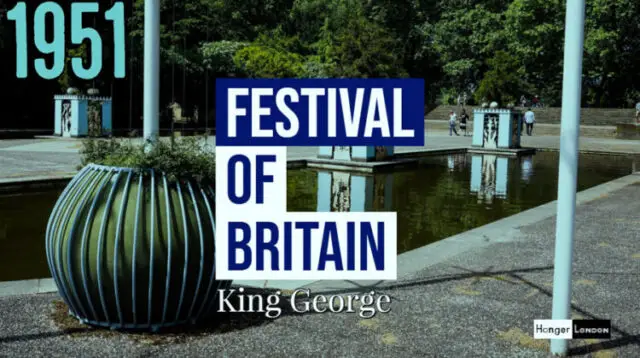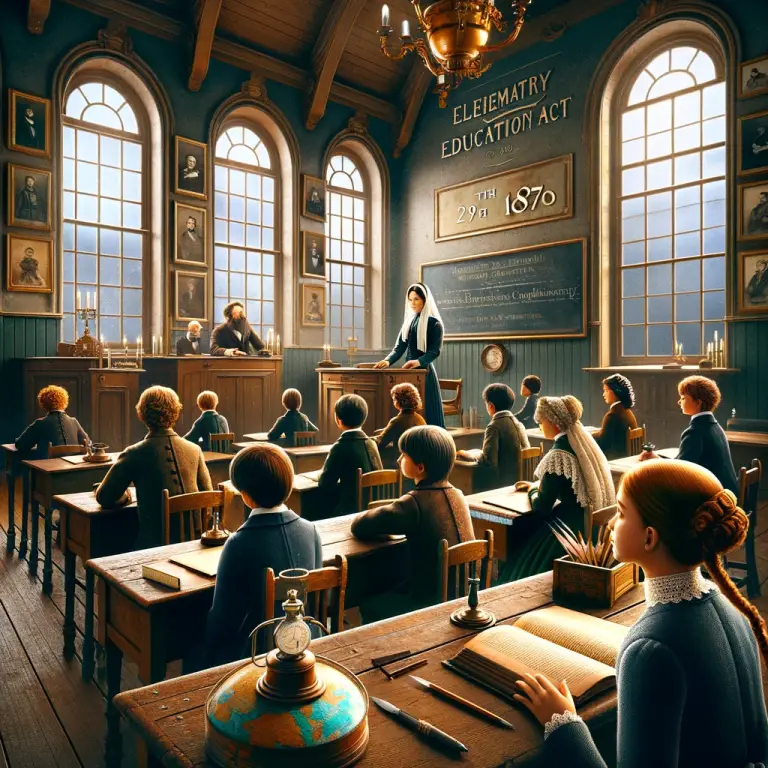The Festival of Britain, its just all about Britain
Unlike the Great Exhibition of 1851, the festival of Britain was just about Britain and its achievements. Gone were international representations from the commonwealth and other parts of the world. Funded by the UK government with a budget of £12 million. The idea for the world fair surprisingly was coined by the Royal Society of Arts to mark the centenary of the Great Exhibition of 1851. Surprising to say the least as 1943 was at the height of World War 2.
In 1945 a committee was put together to draw up ideas on how the follow-up to the great exhibition could work. With the backdrop of bomb-damaged London, the committee concluded the scale of the celebration would need to be such that it focused on Britain only, at the exclusion of international participants. The key categories would be the arts, architecture, science, technology, and industrial design.
The committee also recommended the festival should be devoid of party political references, such as nationalisation and national health care. The scene was set to create what the director of the festival, Gerald Barry, would describe as ‘a tonic to the nation’
The festival would open in May of 1951, closing in September after taking 8,000,000 visitors.
The first end of Austerity
Since the summer of 1939, the country had been transformed, both psychologically and technically. The post-war years would set out prosperity and hope for all. The tonic of the nation rang true in the Summer of 1951 when Londoners celebrated the Festival of Britain opening by King George IV on the 3rd of May 1951 at the Southbank, with other supporting events running nationally. A 41 gun salute marked the beginning of the event at the Tower of London for King and Queen, who later attended a service of dedication led by the archbishop of Canterbury at the festival hall.
One of the key aims of the festival was to boost the morale of people during post-war austerity, focusing on what Britain had achieved since the war, and to celebrate the centennial of the Great Exhibition in 1851.
In the hope to regain some faith in the Government, after yrs of toil and hardship Labour had lost popularity. England was being rebuilt after the war, promoting recovery and confidence.
Festival of Britain and the “Beacon for change”
Other countries and the commonwealth were strictly not part of this festival. This put a spotlight for the first time probably since the Victorian times for people to appreciate British design, Science and technology, sports, the arts, and architecture.
Ireland, Scotland and Wales took part and many of the trade and arts councils in the country were involved.
Festival Gardens
Battersea Park was transformed into the Festival Pleasure Gardens. A plaque still stands there today along with some vintage yet contemporary-looking structures. The planner’s vision was for a park-like area to provide a funfair, tree walk, cafes, theatres, lakes and a fountain.




Southbank became the central hub to the festival to at least 8.5 Million visitors from far and wide
On the Southbank stood the Dome of Discovery structure a headliner, marked as the largest aluminium building in the world. Made with British Aluminium, a way to showcase its versatility, strength but light properties.
Skylon
The 300 foot, approx. 90 meters in height, Skylon a futuristic-looking structure that gave London this 50s nostalgic time stamp.
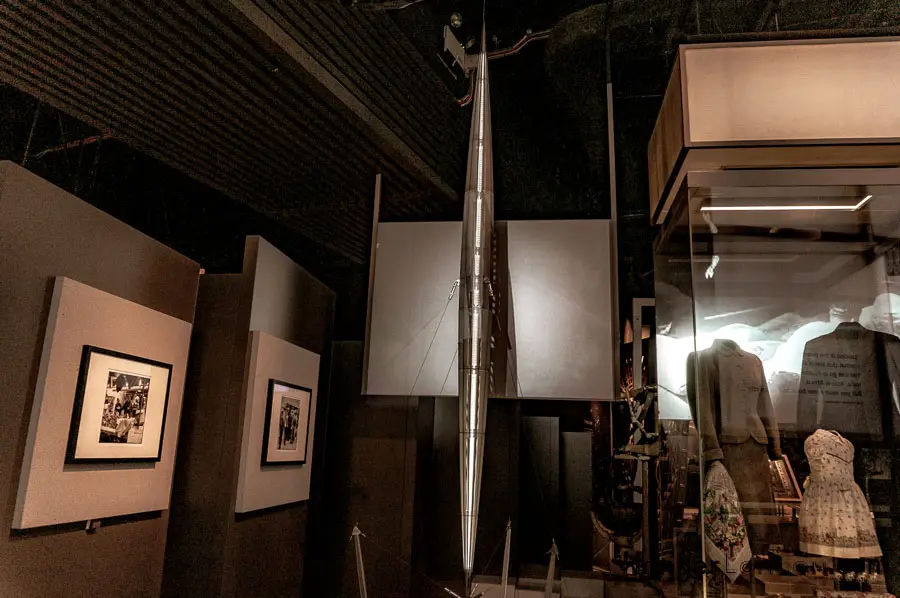
Designed by Hidalgo Moya, Philip Powell and Felix Samuely. A Steel lattice framework and louvres lit from within at night and suspended what looked like in mid-air with cables and beams. The joke at the time saw the comparison between the fact the structure had no visible support and therefore just like the British economy.
Skylon’s name came from a woman, wife of a chief architect of Crawley the Conjuring up Nylon the new material being used more and more, sky and pylon.
When the structure was dismantled it was sold off for scrap, and they turned some material into souvenirs.
One of the biggest post-WW2 housing Estates in London
Festival of Britain inspired the Lansbury Estate in Popular as a regeneration project. It is one of the largest historic estates in London built on a WW2 bomb site. Found around Langdon Park DLR and All Saints DLR, Bromley–by Bow tube and Bow RD tube, Lime-house area.
There were awards and plaques for contributions to civic or landscape design.
There is a plaque sky blue with white outside White City station that states Festival of Britain Award for Merit 1951. A. D McGill and Kenneth J. H Seymour designed a station for Thomas Bilbow for Transport for London.
- 19 awards some out of London.
- Newbury Park Bus Station
- Heath Park Estate Dagenham
- Chaucer House, Coleridge House, Shelley & Pepys House Pimlico
1951 Exhibition of Science Poster
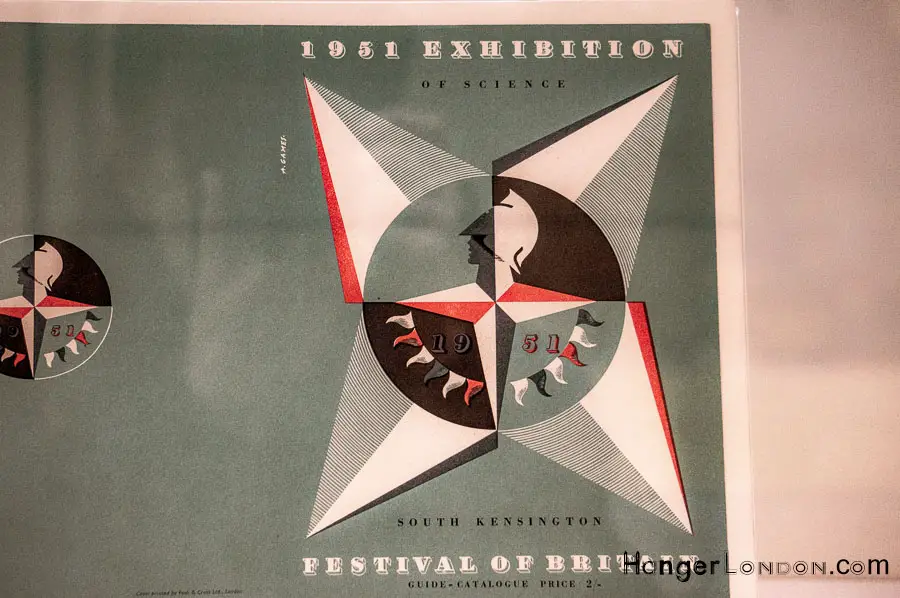
No campaign would be complete without an advertising campaign, in the shape of posters designed by Abram Games. Geometric upbeat colours a contemporary logo including Britannia-themed heraldry but modernised.
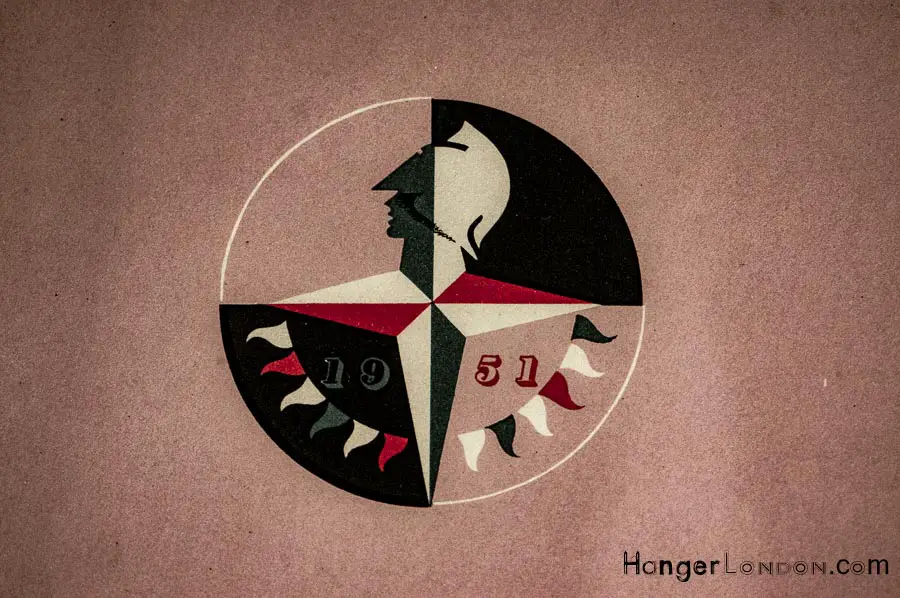
Back to the V&A to see some Festival of Britain Treasures
The Victoria and Albert Museum as its legacy dictates holds some artifacts from the Festival of Britain.
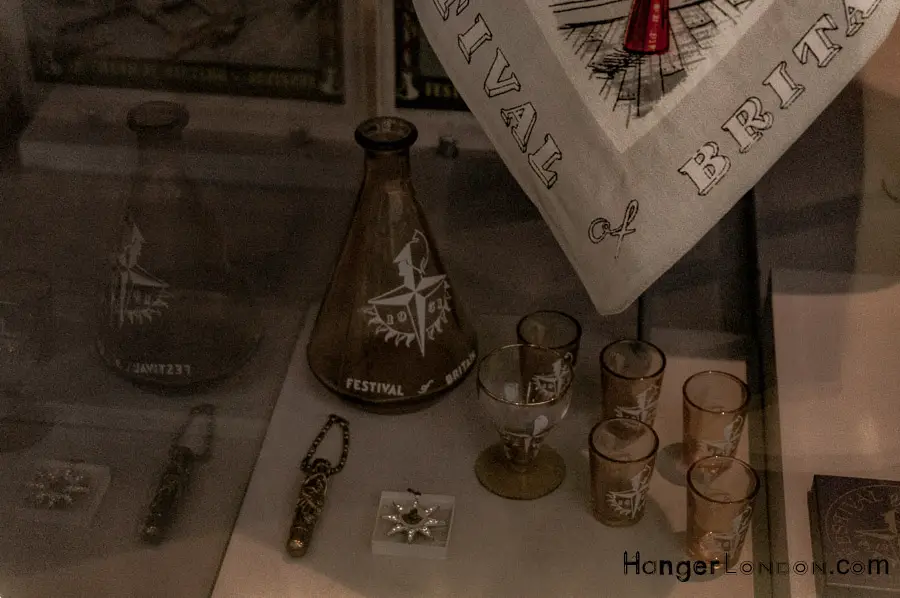
Map of the Festival Of Britain Layout (Linked National Archives)
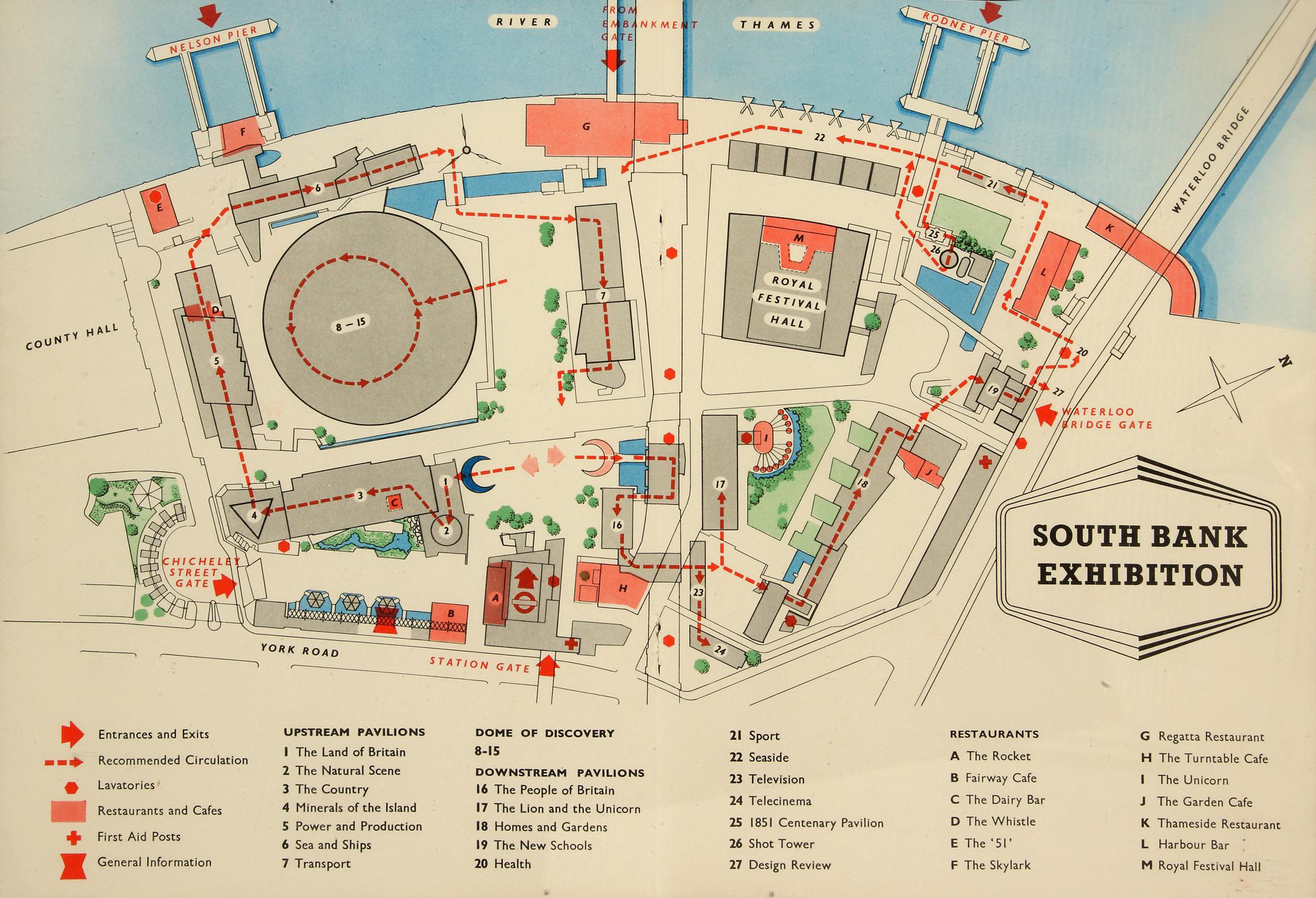
Map of Battersea Park and the site of Festival of Britain
Map of Battersea Park and the site of Festival Gardens

